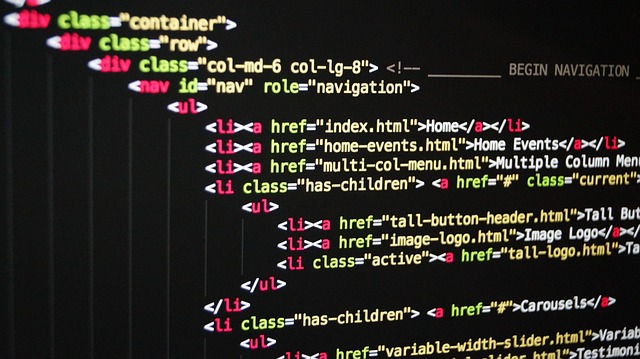
IndentationError: Expected An Indented Block
In Python programming, indentation is not just a matter of style; it is a fundamental part of the syntax. One common error that developers encounter is the IndentationError: expected an indented block. This error typically arises when the Python interpreter expects an indented block of code but does not find one. Understanding the causes and solutions for this error can significantly improve coding efficiency and reduce frustration.
What Causes the IndentationError?
The IndentationError occurs in several scenarios, primarily related to the structure of the code. Here are some common causes:
- Missing Indentation: When a block of code is expected, such as after a function definition, loop, or conditional statement, and the code is not indented properly, this error will be raised.
- Incorrect Indentation Level: If the indentation level does not match the expected level, the interpreter will throw an error. For example, mixing tabs and spaces can lead to inconsistent indentation.
- Empty Indented Blocks: If an indented block is left empty without any statements, Python will raise an error. This can happen if a developer intends to write code but forgets to include it.
- Improperly Closed Statements: If a statement that requires an indented block is not properly closed with a colon (e.g., after an if statement), it can lead to this error.
How to Fix IndentationError
Resolving the IndentationError involves a few straightforward steps:
- Check Indentation Consistency: Ensure that you are using either spaces or tabs consistently throughout your code. The Python style guide recommends using four spaces for indentation.
- Add Missing Indentation: If a block of code is expected, ensure that the subsequent lines are indented correctly. For example:
def my_function():
print("Hello, World!")
In this example, the print statement is correctly indented under the function definition.
- Remove Empty Indented Blocks: If an indented block is not needed, you can either add a statement or remove the indentation altogether. For example:
if condition:
pass # This is a placeholder for an empty block
Using the pass statement allows the code to run without raising an error.
- Ensure Proper Syntax: Make sure that all statements that require an indented block are properly formatted. For instance, check that colons are present after if statements, loops, and function definitions.
Conclusion
Indentation is a crucial aspect of Python syntax that can lead to errors if not handled correctly. The IndentationError: expected an indented block can be easily resolved by ensuring consistent indentation, adding necessary blocks, and maintaining proper syntax. By following these guidelines, programmers can write cleaner, more efficient code and minimize the occurrence of such errors.

















 Huggingface Deepseek
Huggingface Deepseek 
 Health
Health  Fitness
Fitness  Lifestyle
Lifestyle  Tech
Tech  Travel
Travel  Food
Food  Education
Education  Parenting
Parenting  Career & Work
Career & Work  Hobbies
Hobbies  Wellness
Wellness  Beauty
Beauty  Cars
Cars  Art
Art  Science
Science  Culture
Culture  Books
Books  Music
Music  Movies
Movies  Gaming
Gaming  Sports
Sports  Nature
Nature  Home & Garden
Home & Garden  Business & Finance
Business & Finance  Relationships
Relationships  Pets
Pets  Shopping
Shopping  Mindset & Inspiration
Mindset & Inspiration  Environment
Environment  Gadgets
Gadgets  Politics
Politics 